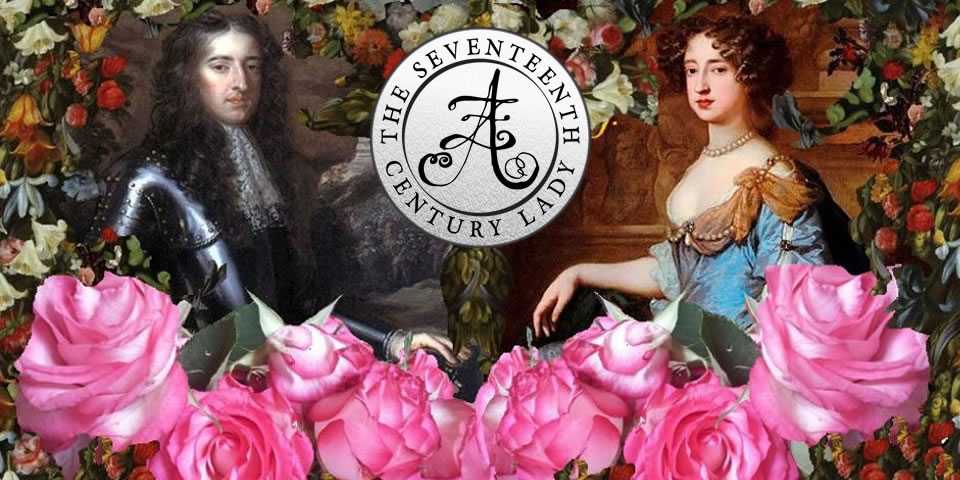Charles Landseer was an artist who lived from 1799-1879. Landseer, though sadly not as popular as his painter brother Edwin (famous for his works for Queen Victoria), generally painted scenes depicting historical events or those from literature and each of his works vividly bring stories to life.
Take for example this piece, “The Eve of the Battle of Edge Hill, 1642” – this has some of the key figures of the time of the English Civil War. From the left to the right we have Prince Charles (later King Charles II) playing with his brother Prince James (later King James II), seated we see Prince Rupert of the Rhine, King Charles I. It’s an extraordinary painting, and it’s one of my favourites.

The Eve of the Battle of Edge Hill, 1642
Next we have “The Plundering of Basing House” which shows a Royalist household being plundered by Parliamentarians whilst the old man dejectedly rests his cheek upon his hand and his daughter looks on with incredulity. One Parliamentarian downs the Royalist’s red costly wine on the left, one man appears to have been injured and is lying prostrate on the floor, his sword by his side. Other soldiers sift through the family’s personal belongings. It’s a complete mess. The painting really conveys a great deal about the artist’s sympathies. Often in Landseer’s work, there is a feeling that he sympathised with Royalists.
Next we have “Nell Gwynn at the Tavern”, which Landseer painted circa 1840. It is a lovely, though perhaps slightly saccharine depiction of a 17th century tavern scene. Nell is quite a bonny young lady, and there is one eager courtier standing and raising his glass. Presumably, King Charles II is sitting with his back facing us, is also raising his glass. One of his beloved spaniels is by his feet and looking up at Nell. There is a chap at the table who appears forlorn or upset about something, as he avoids looking at Nell and doesn’t join in with the others to toast. A serving boy is seen entering the room carrying more wine.

Photo credit: National Museums Liverpool
Next, we have “The Temptation of Andrew Marvell”. This was painted by Landseer around 1841. Andrew Marvell was an English metaphysical poet whose most famous work was arguably “To His Coy Mistress”, and he was a staunch Republican. Upon the Restoration of the monarchy in 1660, Marvell could have been in big trouble because of his republicanism. One of his close friends was major Republican and blind poet, John Milton (who wrote Paradise Lost). This image shows an attempt by a courtier of Charles II’s court to tempt Marvell to the king’s side with a commission. Notice how Landseer depicts Marvell in the sober black apparel so popular with Republicans of that time, in contrast to the vibrant colours of the royalist courtier. Eventually, Marvell was re-elected MP for Hull in 1661 for the Cavalier Parliament…

Photo credit: Victoria and Albert Museum
As you can see, Landseer’s love and fascination with the 17th century is easy to see. I think he did a wonderful job of bringing that time to life. If you have a look at some of the portraits of the figures he painted, such as Charles I, Charles II when a boy, etc, you will see that Landseer did a remarkable job of painting likenesses so that even without reading the information, we can generally tell who is in the painting.
If you wish to read more about Charles Landseer, may I suggest reading the following:


Very enjoyable, visually and feeding my new passion for this era.will add you to my page at
http://juliemcneill1.wordpress.com/
Thank you, Julie, for your kind words. There’s plenty for you to see! Enjoy! 🙂